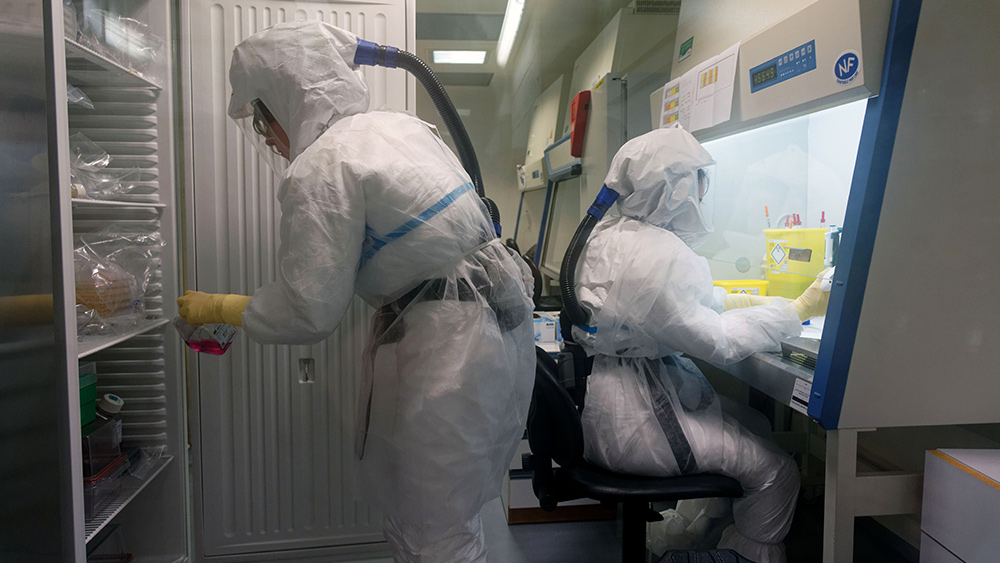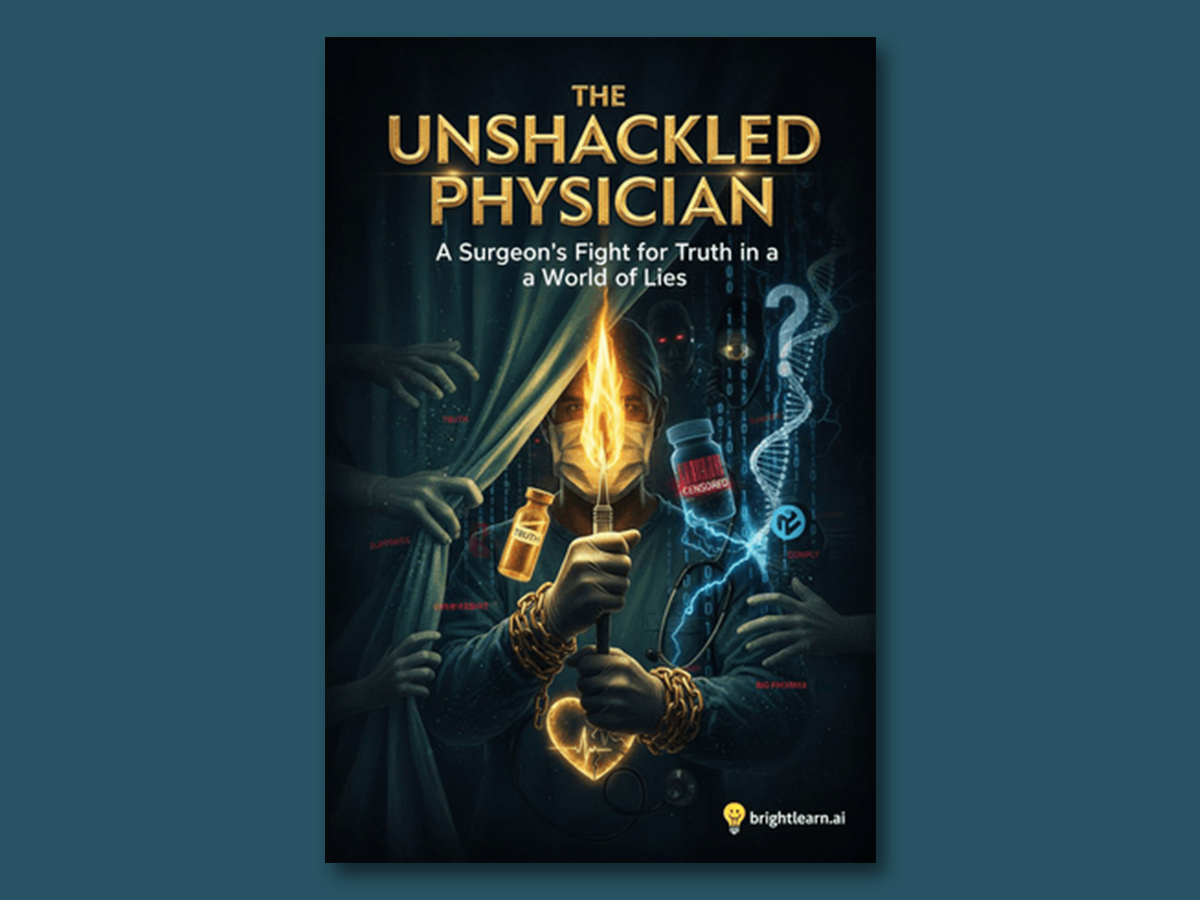As predicted, toxic biosolids are DESTROYING American farmland and livestock
By ethanh // 2024-06-18
Tweet
Share
Copy

Congress is considering allocating $500 million in U.S. taxpayer funds to compensate farmers whose farms have been contaminated with toxic biosolids, also known as biosludge.
The solids collected from sewage sludge, biosludge is basically human waste, which contains all sorts of poisons that people consume or "catch" from toxic exposures. All of those poisons end up seeping into crop soils, contaminating the food supply.
One such class of poison found in biosludge is PFAS, also known as per- and polyfluoroalkyl substances. There are thousands of chemicals classified as PFAS that can enter the food supply after being dumped on farms.
The official claim is that the levels of industrial chemicals found in biosludge are so small as to be inconsequential. Is this actually true, though?
We know from ongoing congressional activity that America's elected leaders recognize the dangers of biosludge, otherwise they would not have created a large compensation fund for farmers.
"It turns out that those biosolids have poisoned both land and livestock across the United States," warns OilPrice.com's Kurt Cobb.
"The ostensible concern is so-called 'forever chemicals,' ones used to make such products as Teflon, firefighting foam, stain-resistant upholstery and water-resistant sports gear."
Why are these chemicals so dangerous, you might be asking? The answer is because they cause liver damage, decreased fertility, increased risk of asthma and thyroid disease and cancer.
(Related: Biosolids producer Synagro is facing a lawsuit alleging that the company is poisoning America's farms with PFAS-contaminated biosolids "fertilizer.")
EPA considers improving safety threshold for forever chemicals
The truth is that PFAS and other forever chemicals are dangerous even in trace amounts. This has been scientifically shown to the point that the U.S. Environmental Protection Agency (EPA) is considering limiting the level of these chemicals in drinking water to less than 10 parts per trillion (ppt), with some cases suggesting an even lower amount of 4 ppt. Recently published research involving 2,500 human subjects found that all of them have PFAS chemicals circulating in their blood. Another name for these might be "everywhere chemicals." We know that some 1,593 public water systems in the United States are contaminated with PFAS. This is why it is highly recommended to filter your drinking water, even if you think your local supply is clean and safe. A 2022 report confirms that at least 726 different forever chemicals are out there in the environment now. They include chemicals used in pesticides and herbicides, pharmaceutical drugs, cosmetics, flame retardants, dioxins and polychlorinated biphenyls – these are used in electric transformers. While the EPA is paying lip service to improving water safety by decreasing the maximum allowable amount of forever chemicals, the truth is that the EPA continues to falsely reassure farmers that biosolids are a safe bet for American agriculture. To be clear, organic agriculture rules and regulations prohibit the use of biosolids or sewage sludge of any kind. "The biosolids issue demonstrates clearly why the so-called circular economy is an impossibility in a modern industrial society," Cobb explains. "The chemicals produced by the modern economy are too many – over 150,000 by a recent count – and too easily dispersed to be segregated from the waste stream." "That's just the way the chemical industry likes it. It would be exceedingly expensive to prevent all leakage of toxic chemicals into the environment – and downright counterproductive in the case of pesticides and herbicides which must be broadly dispersed to be effective. And, it would be considerably more expensive to find substitutes that are nontoxic and biodegradable. No one in the chemical industry is going to do either of these things if they don't have to." More related news can be found at Biosludge.news. Sources for this article include: OilPrice.com NaturalNews.com ScienceDaily.com Nature.comTweet
Share
Copy
Tagged Under:
environment food collapse agriculture tap water organic farming toxins food supply fertilizer EPA chemicals poison big government insanity ecology biosludge biosolids harvest water pollution clean water badscience badfood badhealth badpollution
You Might Also Like
By Richard Brown // Share
Geoengineering project in California may cause heatwaves in Europe, scientists warn
By News Editors // Share
Trump vows to abolish federal education department
By News Editors // Share
RIGGED: Pfizer cut deal to help Biden steal 2020 election
By Ethan Huff // Share
Scientist tells lawmakers: COVID-19 Had ‘1 in a Billion’ Chance of Emerging From Nature”
By Lance D Johnson // Share
Recent News
Iran conducts surprise missile drills amid rising tensions with Israel
By kevinhughes // Share
Kremlin denies reports of plans to "restore Soviet influence"
By bellecarter // Share
How AI news bots are quietly reshaping public opinion
By avagrace // Share
The Unshackled Physician: A surgeon's awakening to medical tyranny
By ramontomeydw // Share











